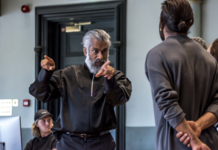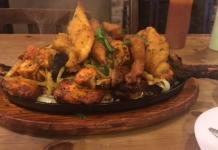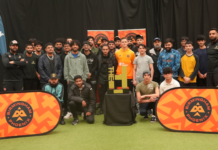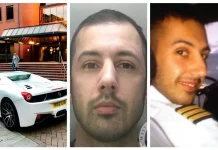Increasing public awareness appear to be equalising opportunities
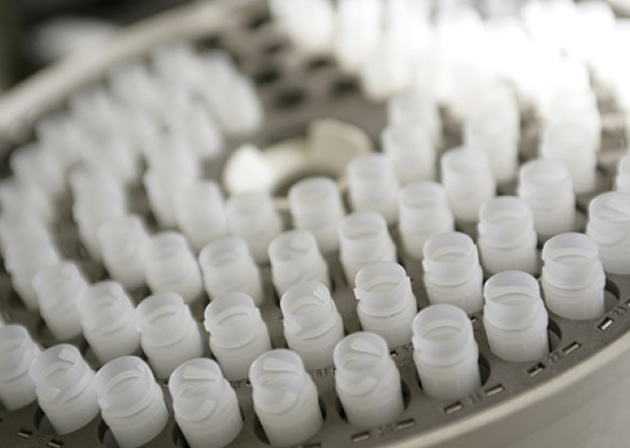
The combined effects of scientific developments and increasing public awareness appear to be equalising opportunities for people of diverse ethnic backgrounds, such as the Asian and Afro-Caribbean populations, for whom it is much harder to find a suitable match.
Traditionally, blood cancer patients without a matched sibling donor have searched a register of unrelated volunteer donors prepared to give stem cells. Experts then analyse genetic markers in the immune system which are heavily influenced by ethnicity – to determine the best donor for each patient. The more people on the register of similar ethnic backgrounds, the better the chances of finding a good match. Research has shown that better matched donors increase the survival for patients, so better donors lead to a greater chance of survival.
Low numbers of unrelated BAME donors on registers around the world has meant that people of White Northern European (WNE) origin are disproportionately more likely to find a suitable life-saving match.
However, the study, presented as part of the American Society of Haematology’s prestigious annual conference has found that the chances of non-WNE patients finding a match have doubled over the last 15 years, rising from around 30% in the late 1990s to 60% in 2012. This improvement is likely to reflect an enormous growth in unrelated donor registrations in recent years. Yet, despite this doubling, the likelihood of BAME patients finding a match would remain significantly short of that of WNE peoples, which the study calculates at 96%.
But the study also highlights that by combining the registration upsurge with scientific developments in both harvesting stem cells from umbilical cord blood, and the newer techniques for successfully using ‘half-match’ cells from other family members, transplant opportunities for BAME patients are now equivalent to White Northern European levels (96%).
Report author, Dr. Robert Lown, of blood cancer charity Anthony Nolan and the University College London Cancer Institute, explained the report as a chance to celebrate getting more people to the transplant stage of treatment.
“It’s like a lottery; if you buy a million tickets you’re more likely to win the jackpot. Worldwide, registries are much bigger now, and, with the concerted effort to sign up people of diverse ethnic origin made by registries across the world, we are beginning to see the benefits.
“Combine these bigger registry figures with the large strides being made in cord blood and ‘haplo’ half-match treatments – which are vital in making up the shortfall in suitable donors for BAME patients – and we find that the situation for people of all ethnicities is getting significantly better.”
The findings are the result of a study of 332 patients transplanted at four centres in the UK and who were identified through the Anthony Nolan donor selection service ‘GIAS’. Of the 332, 25% were BAME. Each patient was referred onto GIAS in order to find an unrelated donor, and waiting times and donor match-up rates were then analysed.
Despite finding that success rates from unrelated searches have doubled, so that 60% of BAME patients are now able to find a match from a donor, the study also found that non-WNE patients are at least five times more likely to need a cord or haploidentical transplant due to a lack of registered BAME donors.
“What this shows is that while the number of registered donors is important, so is the need for ethnic diversity,” added Dr Lown. “Cord and haplo transplants are key new methods of treatment, but we still don’t know if outcomes are as good as using unrelated donors. So they don’t replace the need for more adult donors and are unlikely to do so for many years.”
Henny Braund, Chief Executive at Anthony Nolan welcomed the report’s positive news, while warning against complacency.
“At Anthony Nolan we are determined to continually improve the survival chances for patients from ethnic minority backgrounds, and this report shows that the battle is being slowly won. However, we must always be looking to increase the chances of people finding a life-saving match, wherever they come from, and there is much work to still to be done. I welcome this very positive news as proof that we need to keep working harder than ever to beat blood cancer.”

